In my other article I went over the Roman era of Vienne. Christians were present in the town since 177, transforming it into an important Roman Catholic Center. At the Council of Vienne in 1311, Pope Clement V abolished the order of the Knights Templar. As you can imagine, there are plenty of churches and monasteries to visit.
During the Middle Ages, Vienne was part of the kingdom of Provence (like Avignon and Aix-en-Provence) which would explain why lavender grows so well here! This kingdom was dependent on the Holy Roman Empire while Sainte-Colombe, opposite the Rhone River, was French territory.
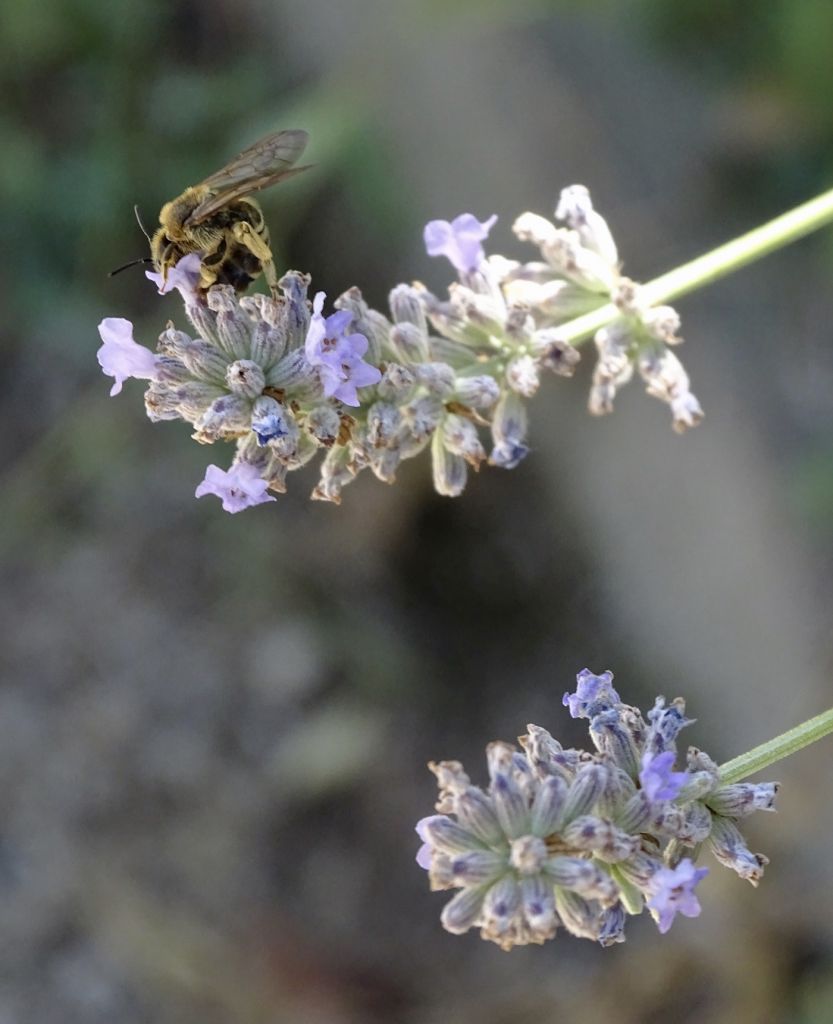
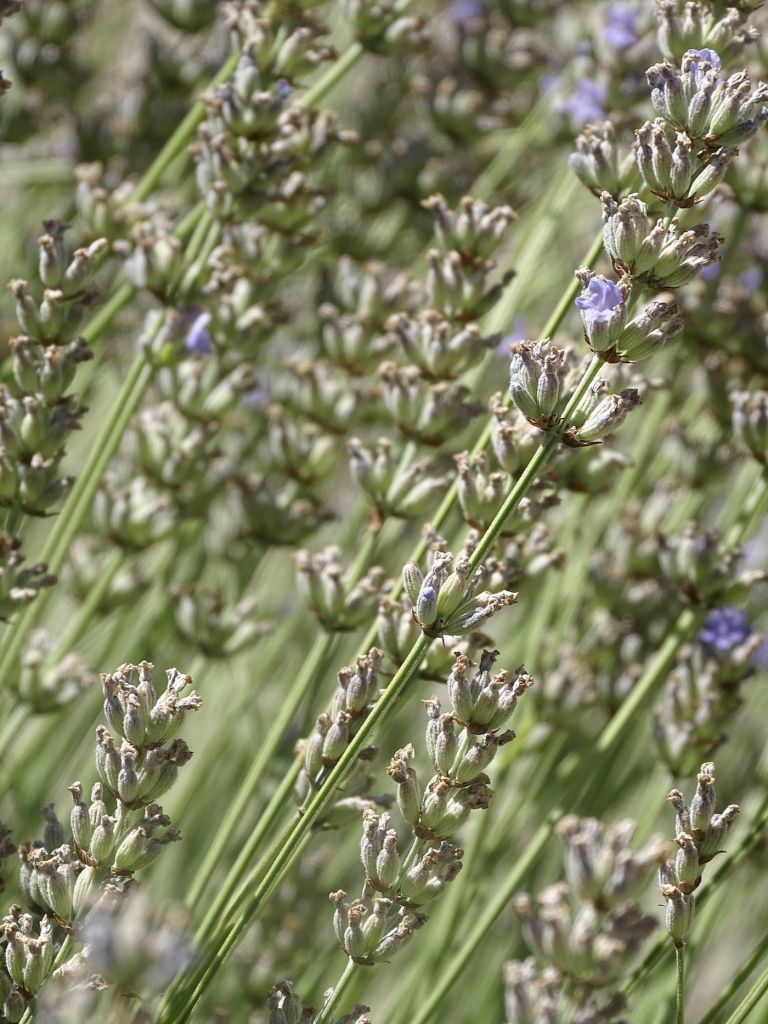
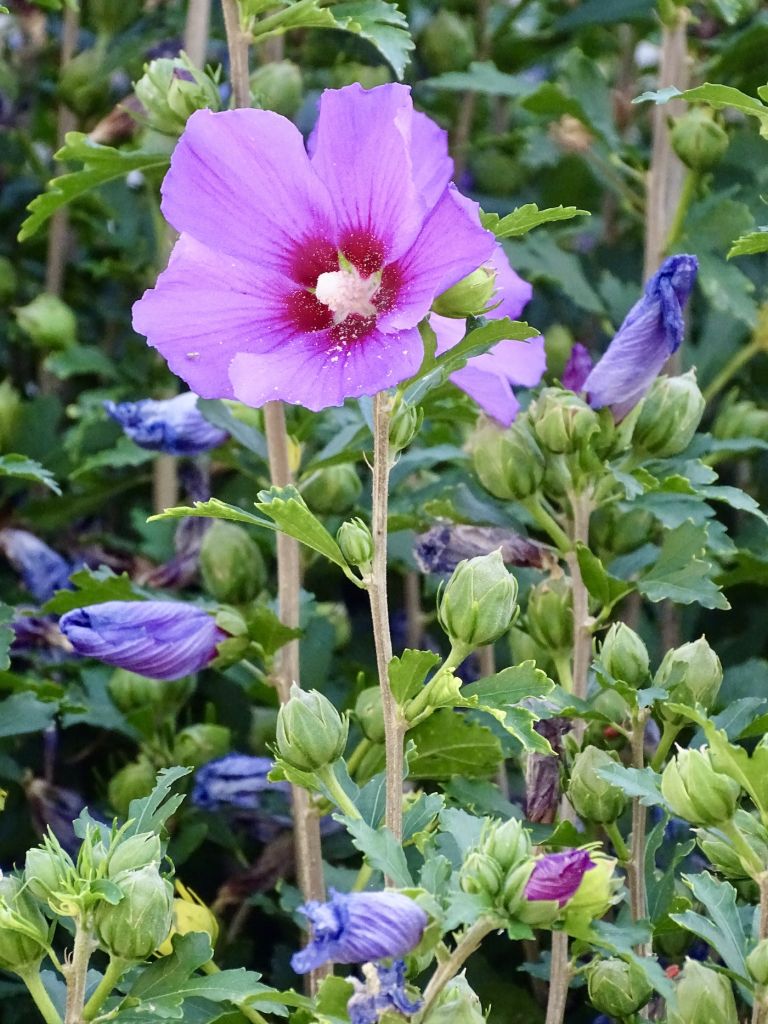
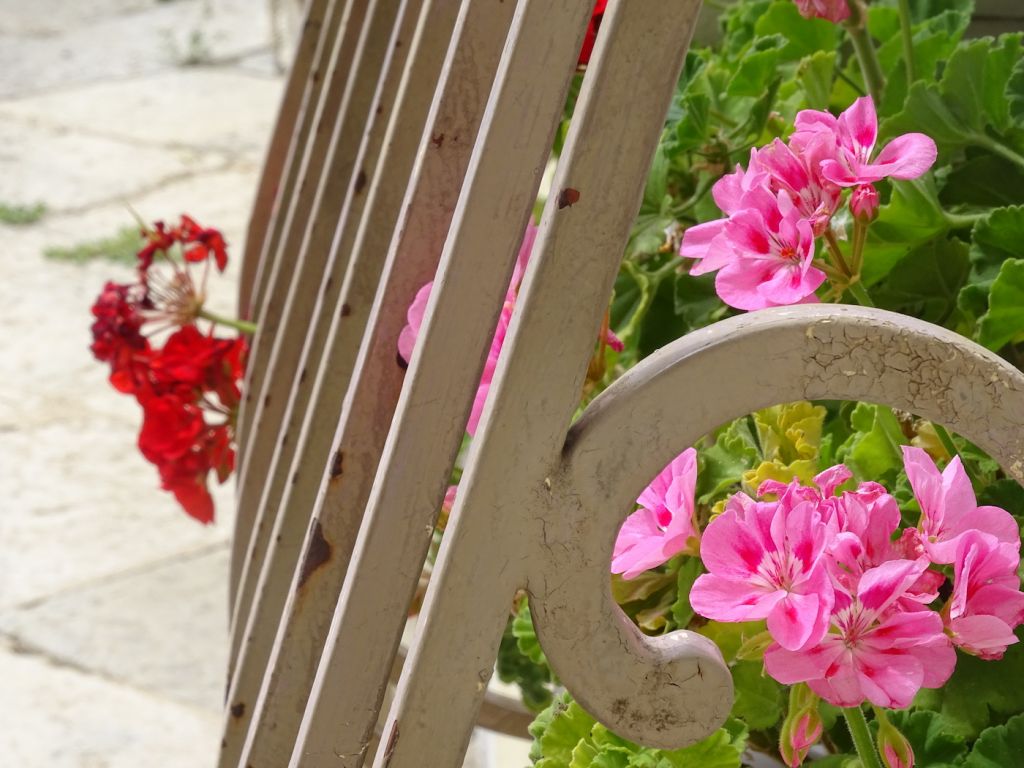
It is a quiet town that is pretty much a suburb of Lyon, located 35 kilometres (22 miles) south. You can reach this city within 20 minutes on a train.
Tourism is now an important part of the economy. Many come for the day, but it is worth spending a night or two in Vienne.
Booking.com
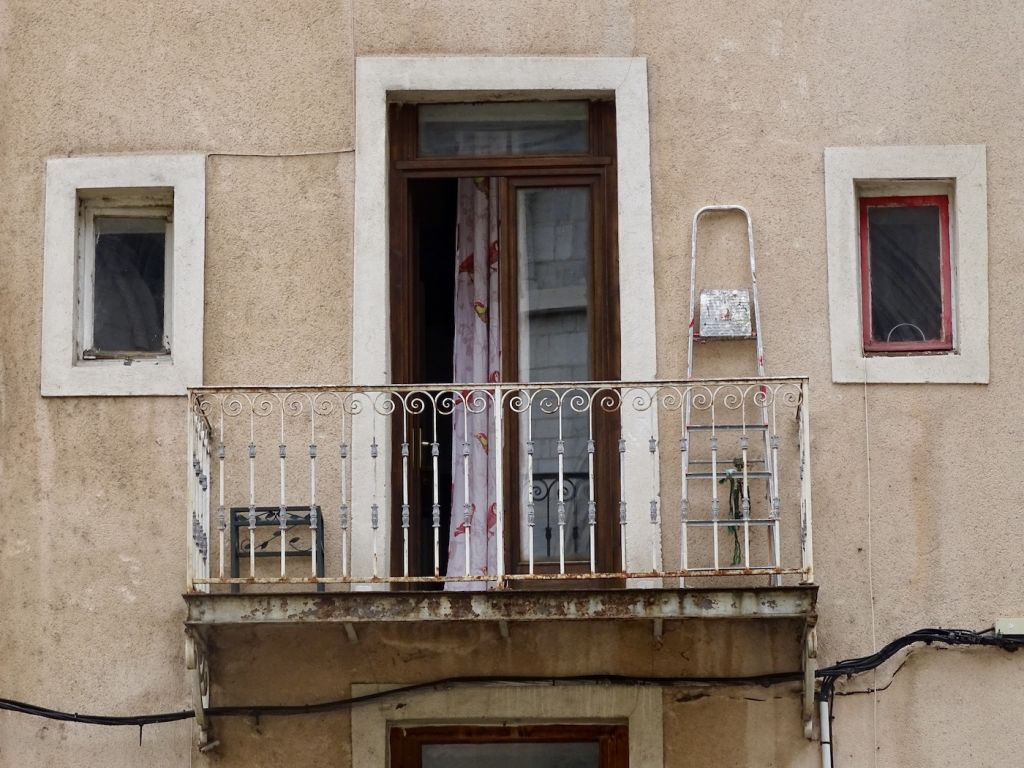
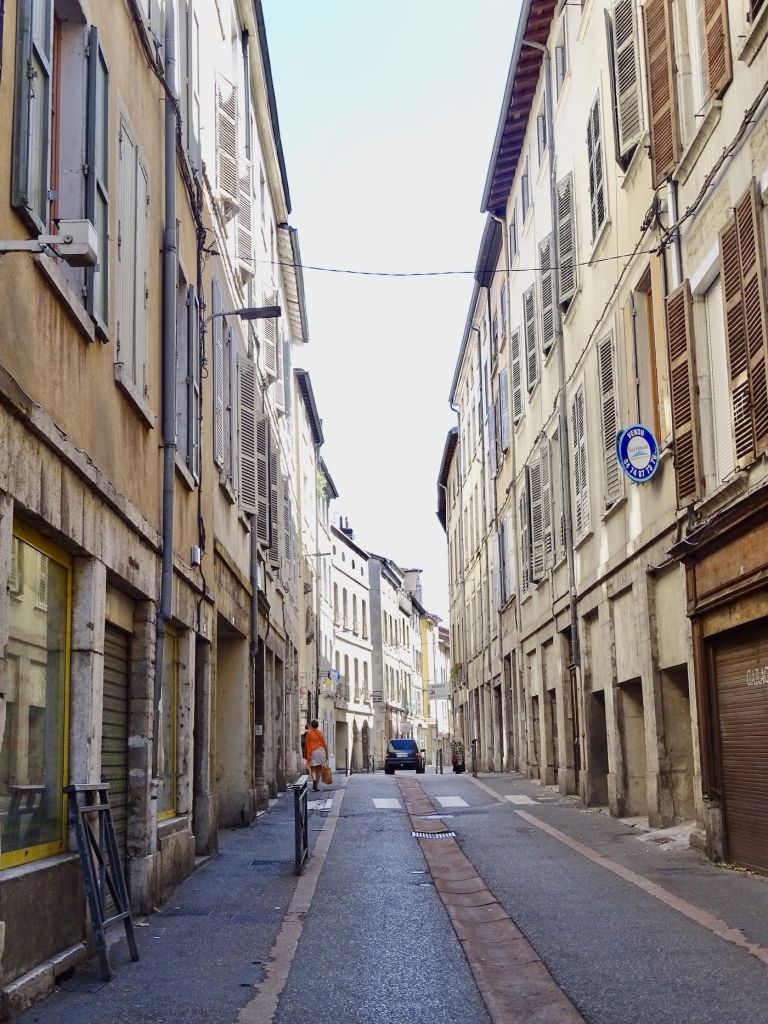
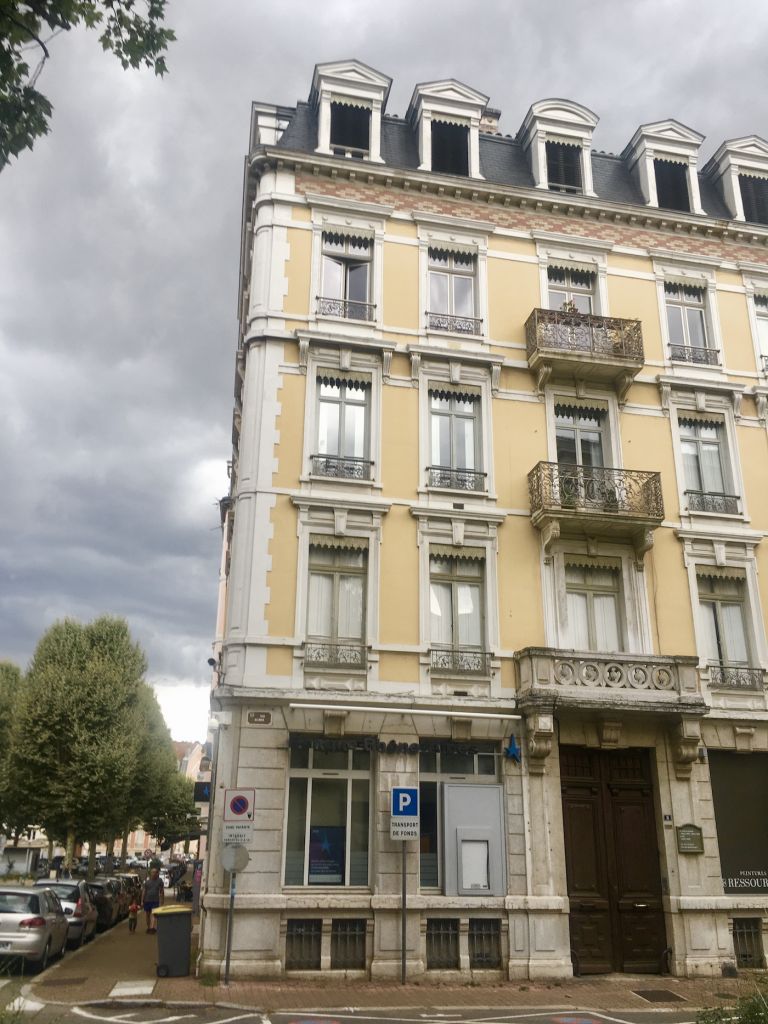
Saint Maurice Cathedral
I was staying right next to the Cathedral in Vienne. This medieval building was constructed in 1130, with later Gothic modifications added by Pope Innocent IV in 1251. The facade was added in the 16th century, however it suffered great damage shortly after, during the French Wars of Religion. It was included in the list of historic monuments of France in 1840.
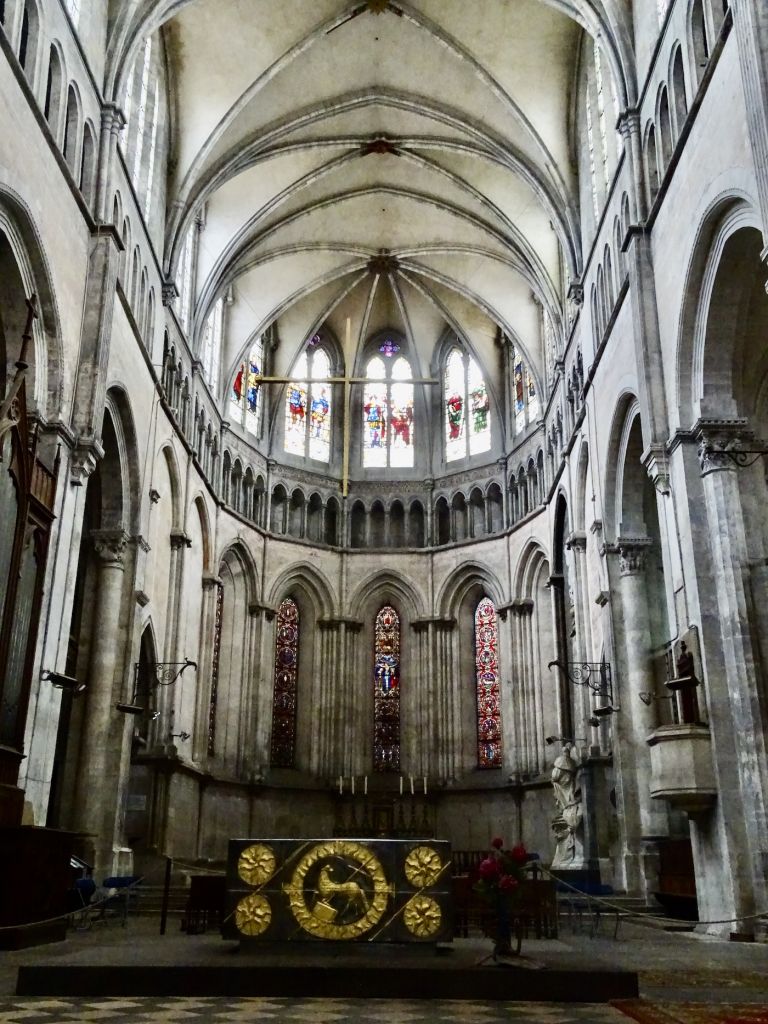
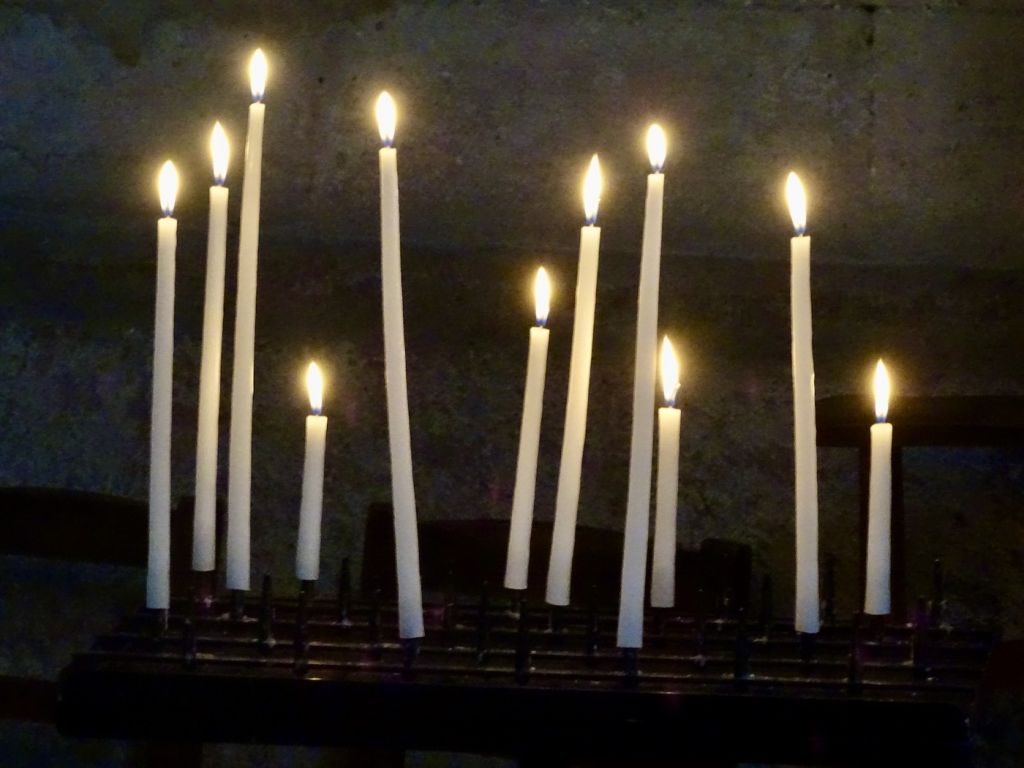

This basilica has three aisles and an aspe. Inside it is quite basic considering how many gorgeous cathedrals can be found in Europe. The entrance is on the side, although the most impressive part is the west front (which would appear to be the main entrance) that has a terrace that can be reached by climbing up a flight of stairs. The view of the Rhône river is spectacular. Right in front there are several cafes.

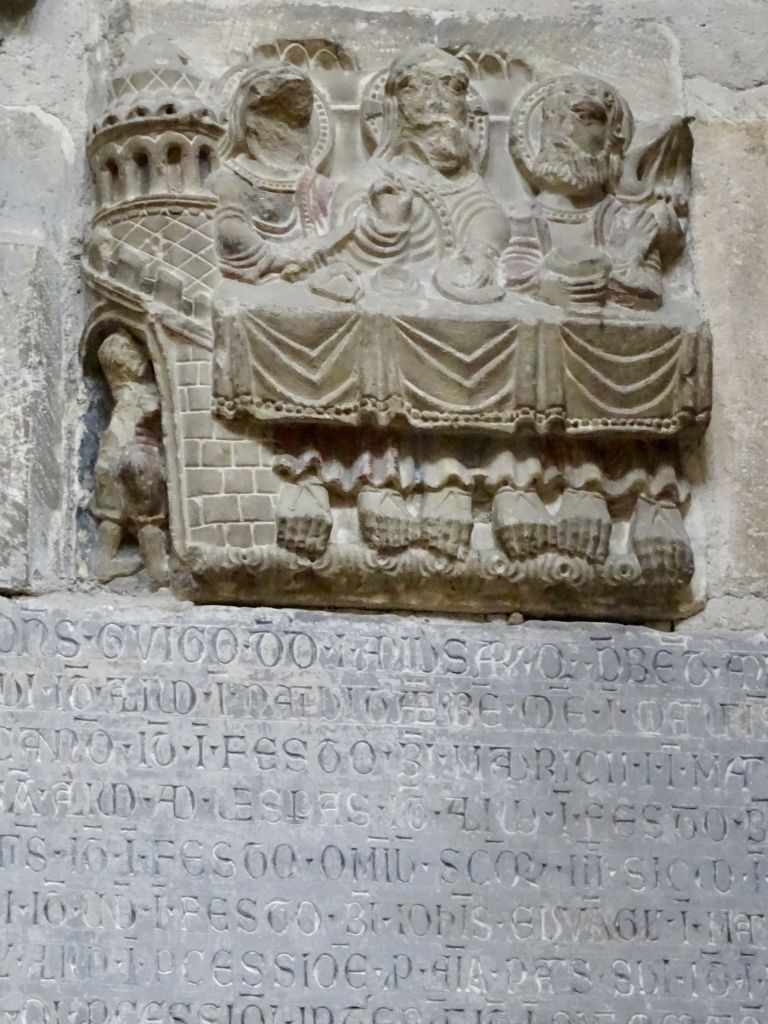
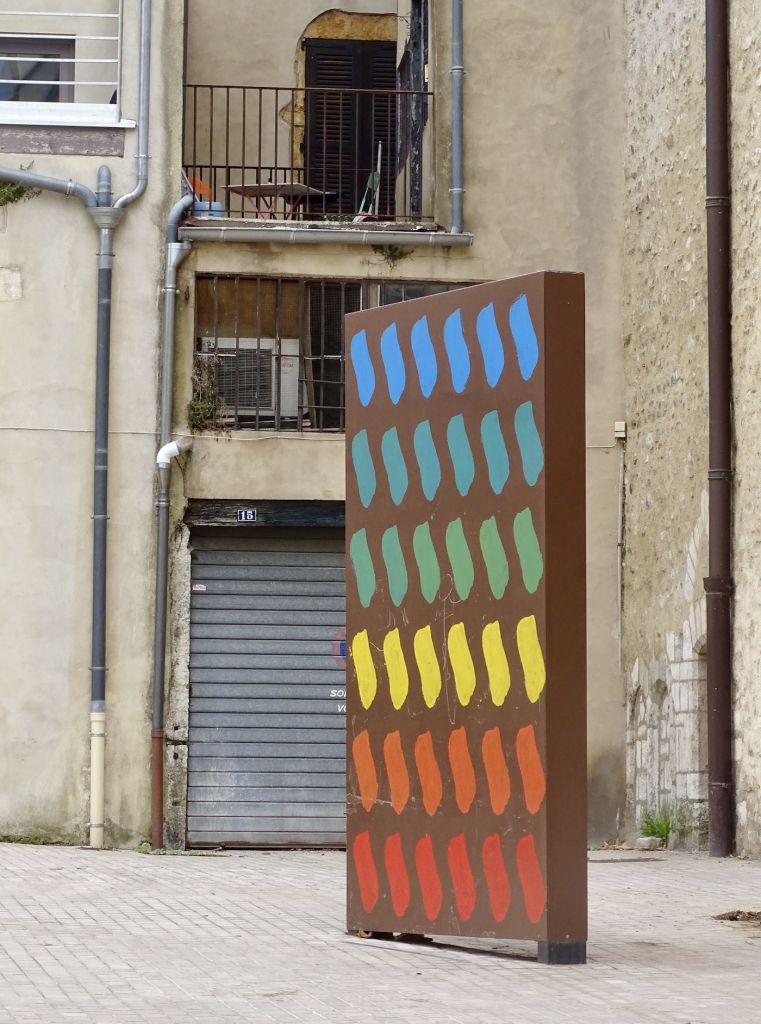
Saint-André-le-Bas Abbey
This monastery was founded in the 6th or 7th century. It was one of the most important monasteries in Vienne during the Middle Ages. This building was renovated twice, first in 1938 and then in 2011. It has a small museum that explains the history of the abbey and the district. There is a small entry fee to enter and it is closed on Mondays.


Mount Pipet and Chapelle Notre Dame de la Salette
A visit to Vienne would not be complete without going to Mount Pipet. We drove, but you can walk up a steep hill. The road is quite curious, passing through the middle of an old building. This place dates back to the Roman era, being close to the old Gallic way to the east. The Romans built a platform of 125 by 87 meters (the retaining walls are still visible). From this point you can see the best panoramic views of Vienne and the Rhône river.


During the Middle Ages this site was transformed into a fortress and given to the Church of Vienne in 1023. In the 14th and 15th centuries, the fortress was at stake in the conflicts between the canons, the archbishop and the dauphin. In the 16th century, it was disputed during the Wars of Religion and during the war between the Ligueurs and King Henry IV. This fortress suffered a similar fate than the Château de la Bâtie. It was consecrated in the 19th century by building a statue of the Virgin Mary on a brick tower in 1858. Later in 1873, a pilgrimage chapel was built in honor of Our Lady of La Salette.
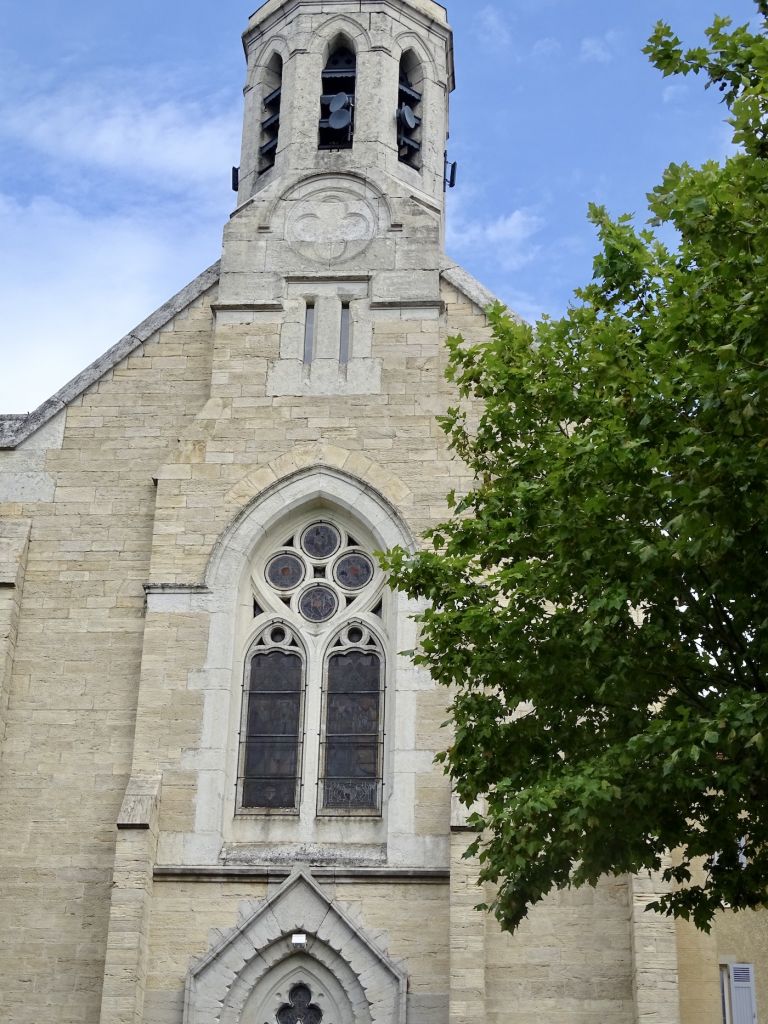
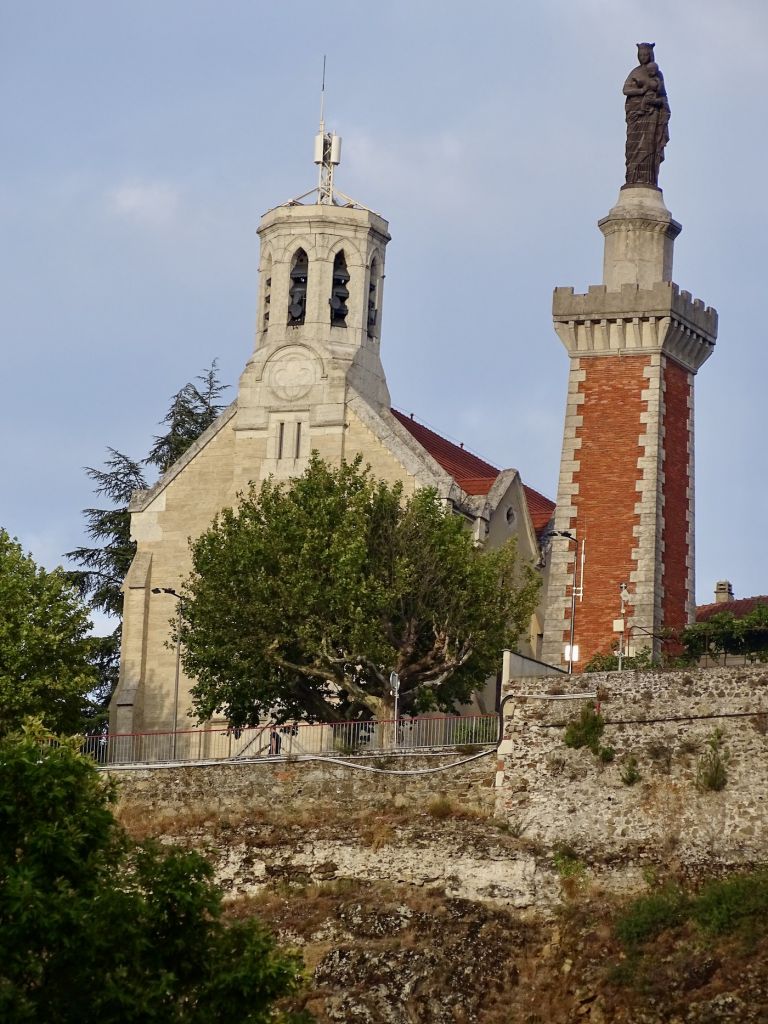

Château de la Bâtie
The Château de la Bâtie on Mount Solomon used to belong to the archbishop. Originally, it was also a Roman fort. The current ruins were built in 1225 by order of the Archbishop Jean de Bernini. It used to be the place of residency of the archbishops of Vienne until the middle of the 14th century when peace returned.
This fort was severely damaged during the Wars of Religion. The policy of Cardinal Richelieu against the last feudal lords and the Huguenots led to a judgment in 1633 ordering the destruction of the strongholds of the Dauphiné. The fortifications of Pipet and La Bâtie were demolished. You can see it from afar since it is closed to the public.



Jardin de Ville
The Jardin de Ville is located right next to the tourism office in Vienne. Make sure to go inside and ask when they are doing the Vienne City Tram. It is open daily from 9 a.m. to 6 p.m. From June 21 to September 22 it is open until 7 p.m.
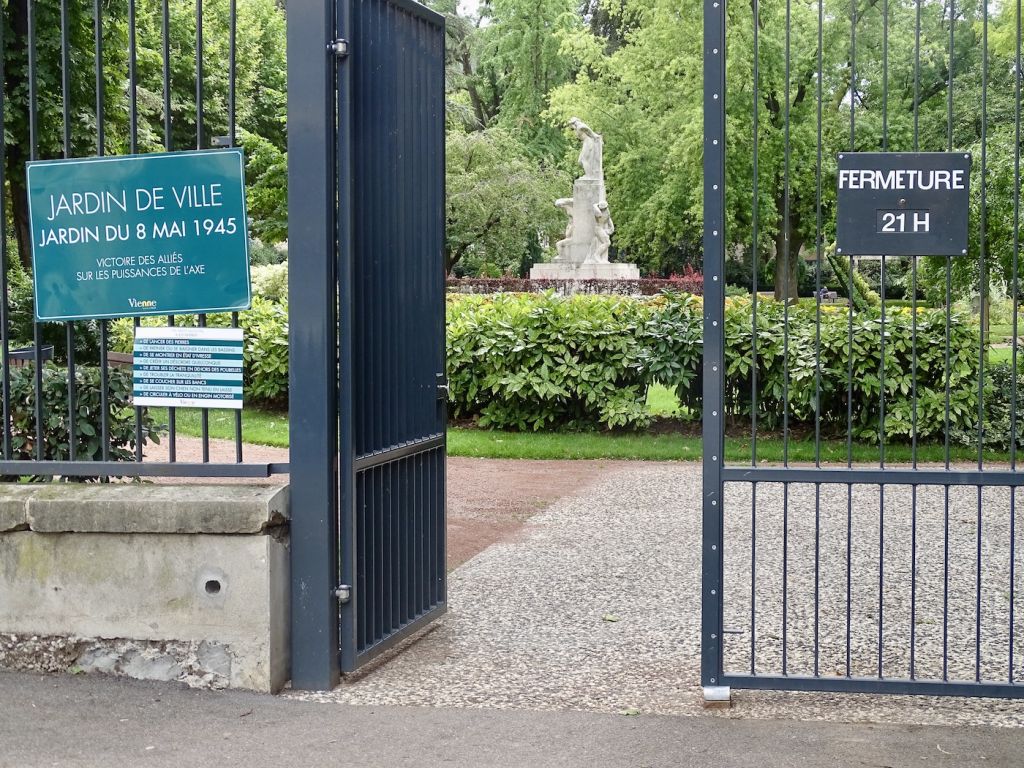
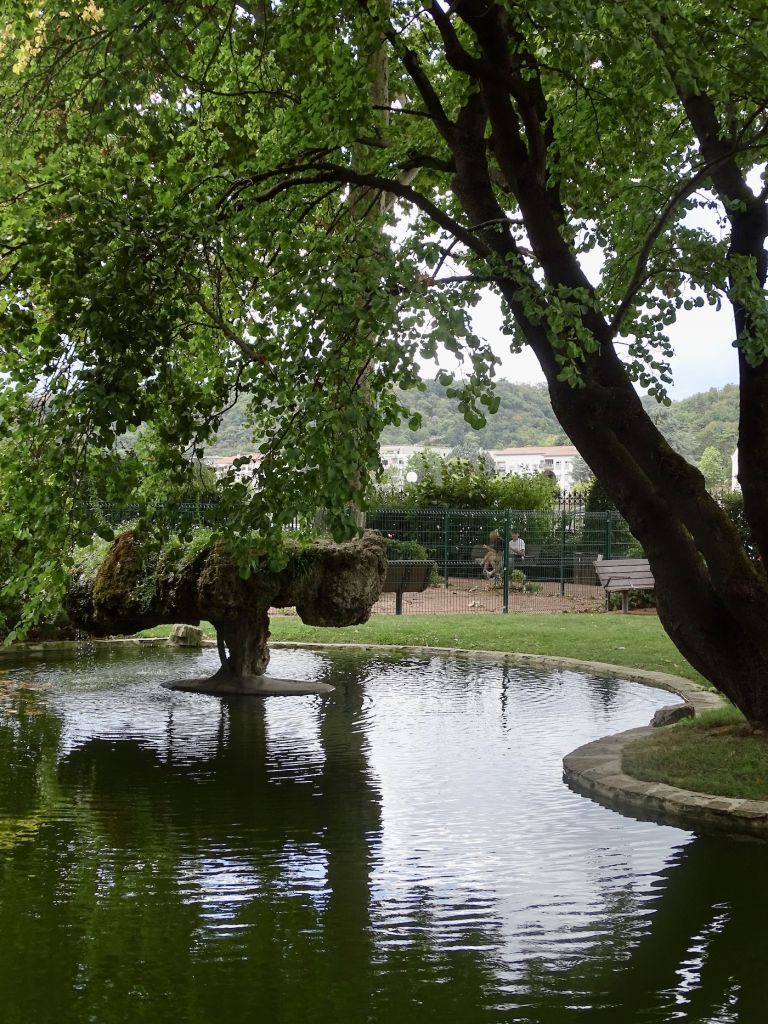
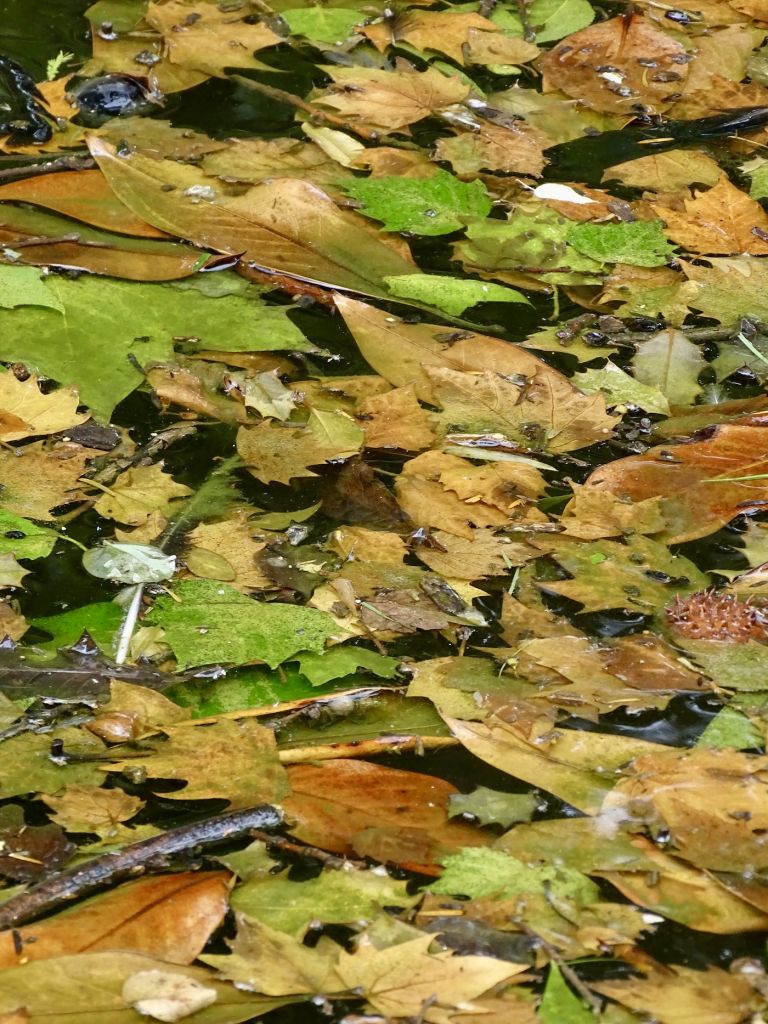

This location used to be an old Roman road and there are still some columns that remain. There is parking space nearby and bathrooms on site. Take a book or a picnic and enjoy your time in this beautiful garden with lots of colorful flowers, statues, lakes and fountains.

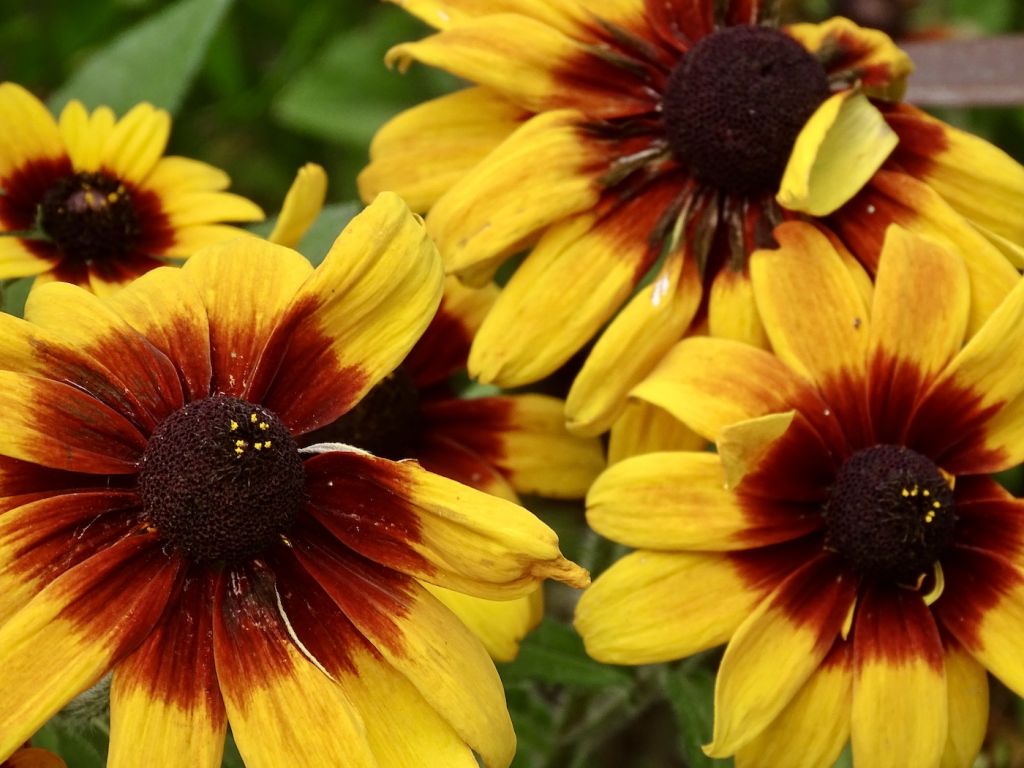

Roman Sites
Vienne was one of the richest and most prosperous cities of the Roman Gaul. The Gallo-Roman Museum is the best place to see history since it is located in an area of seven hectares where the town used to be. The inside of the museum mostly has mosaics. It also explains how life was in a Roman home, including their economics and crafts. The outside area can be walked. It has ruins of public baths, streets, buildings, fountains, and even a vineyard. Down from Mount Pipet is the Théâtre Antique de Vienne, hosting more than 13,000 spectators, making it one of the largest in the Roman Empire. It was built between 40-50 AD.


The Temple of Augustus and Livia is in the center of Vienne. It dates back to 20-10 BC and was the heart of the Roman forum. It was restored between 1823 to 1853. The Archaeological Garden of Cybèle was built in the 1st century. It was the administrative center and could host 800 magistrates in a municipal assembly. The Roman Pyramid of Vienne was modeled after a monument in Rome’s Circus Maximus. It dates back to the 2nd century and would have been in the center of the Roman chariot circuit. Now there is a luxurious hotel called The Pyramid with a Michelin star restaurant.
Museums
Vienne has more museums than the Gallo-Roman Museum. Museums in Vienne are closed on Mondays. The Fine Arts and Archaeology Museum opened in 1895 in a building that was the old corn exchange. Paintings from the 16th to the 19th century are hung closely together covering the walls. Collections range from the Neolithic period to the 20th century. It has works from the Roman period and ceramics from the Middle Ages.
The Archeological Museum is located within Saint Peter’s Church, which is one of the oldest in France dating back to the 5th century. After excavating pieces from the Gallo-Roman period (sculptures, Roman sarcophagi, inscriptions, amphoras, household and funerary decoration) they were placed in this building for keeping and have stayed there ever since.
To get away from the Roman history, visit the Textile Industry Museum which narrates the history of the main economic activity in Vienne from the 18th to the 20th century. Some machines still work showing how they used to make these “Renaissance” fabrics.
Tour Des Valois
If you cross the bridge heading to the Gallo-Roman Museum, you will see an old looking tower. Tour Des Valois has been a historical monument since 1991. It cannot be entered, but makes for a nice view from afar or up close. This tower was built in 1336 to protect the town of Sainte-Colombe, but also to threaten Vienne since it was constructed at the entrance of the bridge over the Rhône river. Luckily now there are several bridges crossing the river!

Philippe de Valois, king of France, wanted to own Vienne. So he got the Archbishop of Vienne, Bertrand de La Chapelle, to give him everything he wanted (subject to the approval of Pope John XXII), including the suburb of Sainte-Colombe. Of course, this made the archbishop unpopular with the people, so he fled. The Pope had to intervene, but the king still took over Sainte-Colombe.

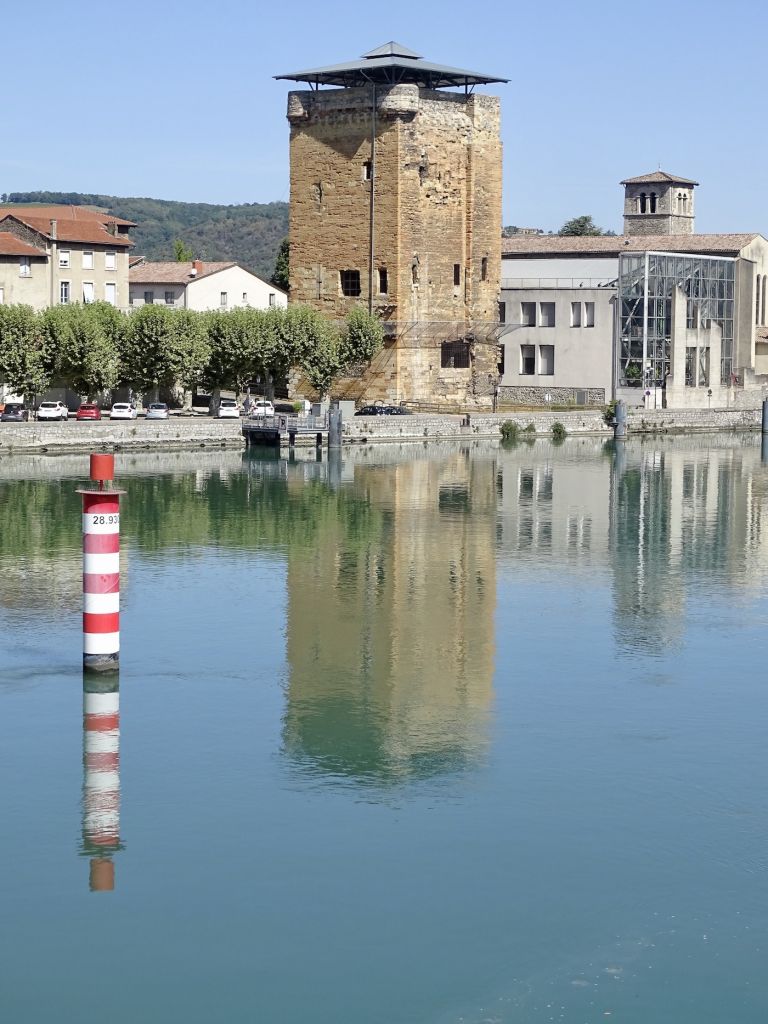
Maison du Pilori
This house is located right next to the Archaeological Garden of Cybèle. It is the only half-timbered house, built in the 15th century, it supports one of the oldest Viennese facades. There is a delicious kebab place called Didim on the ground floor. I ate here during my visit in Vienne.
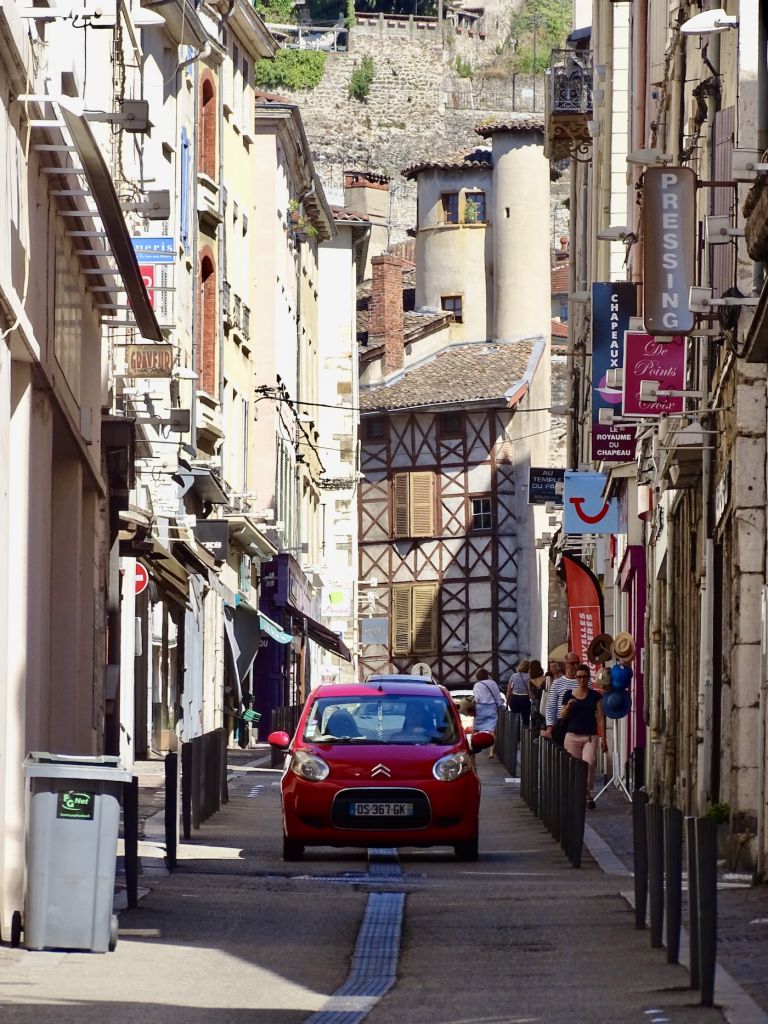

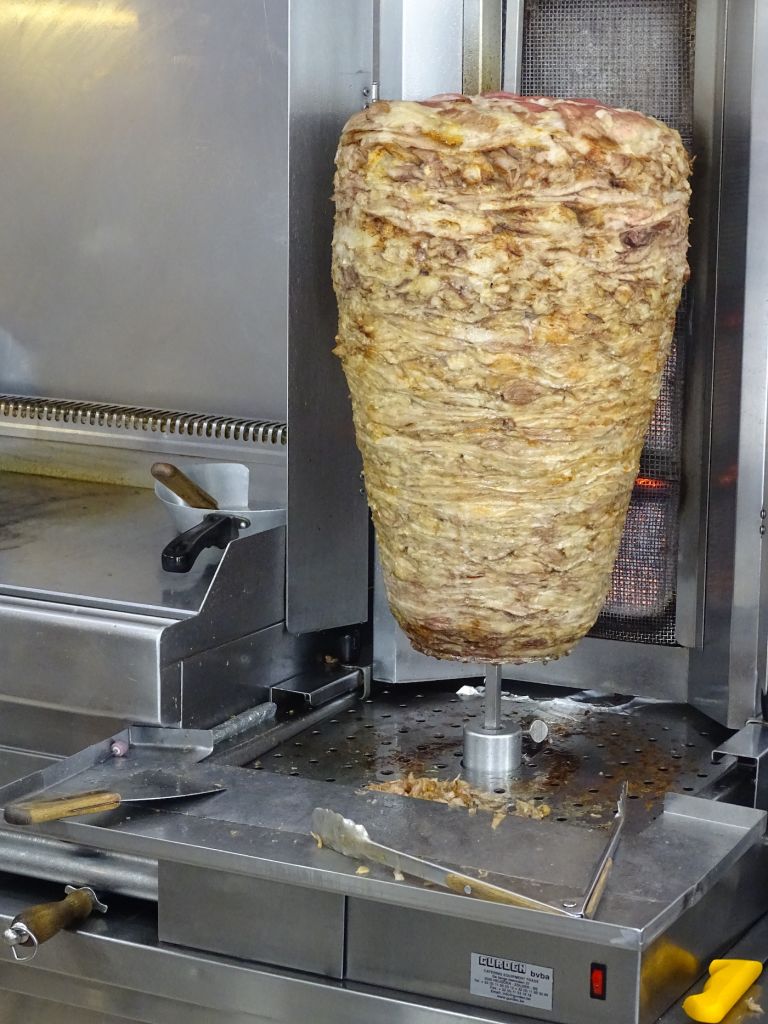
Market
Every Saturday there is a huge market (second largest in France!) that covers over 5 kilometers of the center of Vienne. Over 400 stalls sell local products.





